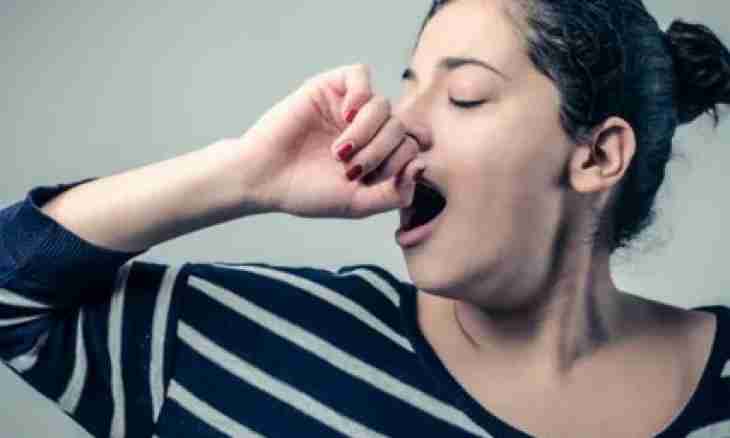It is incorrect to believe that neurosis is capable to develop only at the adult whose life is filled with stresses and turmoil. Neurotic frustration very often arise at children, however quite often parents take symptoms for whims, attempts of the child to manipulate, for bad temper. At children's age it is possible to distinguish six states which are found most often from variety of neurotic frustration.
Logonevroz (stutter). The reasons for development of a logonevroz at children's age can be two. First, this state arises after a strong fright. Secondly, neurosis of this kind is formed when the child in the principle has a predisposition to stutter. However various factors can activate this predisposition. Often any neurotic state at the child is reaction to any injuring situation which develops in family or in private life of the child. So, for example, problems with peers often pour out in various neurosises. Logonevroz, except direct violation of the speech, in many cases is followed by nervous tics, concern, alarm.
Neurosis of persuasive states and movements. In this category it is possible to carry also nervous tics though some experts prefer to take out tics in separate category of neurotic violations. This type of children's neurosis is shown in unconscious repetition of any actions, in impossibility to control the state. It can be expressed by the poshchelkivaniye of fingers, a pokusyvaniye of lips mentioned by tics, fast blinking, physical activity and so on. The state usually becomes aggravated under the influence of alarm and fear.
Neurosis of fear and alarm, phobic neurosis. The irrational fear which the child cannot control acts as a basis for the first and second specified types of violation. However phobic neurosis is often connected with neurosis of persuasive states as it is followed by the same actions. Disturbing neurosis (fear neurosis) usually is expressed through short attacks of a strong fright in combination with panic. Can be an object of fear literally anything, beginning from darkness – it is very typical for small children – and finishing with trips to a long distance, even accompanied by adults. These types of children's neurosises are followed by usually bright frightening imaginations, whims, tears.
Enuresis and enkoprez neurotic type. Neurotic enuresis represents impossibility of deduction of urine day at night. As a rule, this neurosis develops sharply and develops at children who are already accustomed to a toilet and are able to suffer, without urinating in a bed. Enkoprez – impossibility to hold defecation at night day. Experts consider that such reaction can be the reply to too strict treatment of the child, on aggression of the house, on a certain strong psychoinjuring situation, for example, a divorce of parents.
Hysterical neurosis. This state is rather dangerous, it arises both at early children's age, and during the teenage period. Parents regard very often hysterical neurosis as whimsical character and desire of the child to manipulate. Certainly, symptoms of hysterical neurosis can be present at character of the spoiled child, however if they begin to be shown suddenly, that is the sense to address for consultation the expert. Hysterical neurosis at preschool children and younger school students is expressed in hysterical attacks when the child cries, behaves uncontrolledly, shouts, can fall to a floor or try to show aggression to surrounding people (to strike, bite). Along with it there is a long delay of breath because of what the state can worsen. At teenage age the hysterical neurosis is quite often shown through imaginary attacks of epilepsy. For this type of neurotic frustration also typical is apnoe when the child ceases to breathe in a dream.
Sleep disorders of neurotic type. Most often neurosis in this option is shown through sleepwalking. However the similar diagnosis can be made and in case the child constantly (or it is frequent) dreams dreadful dreams when the dream disturbing, superficial, faltering when the child in principle cannot normally sleep at night, but gets enough sleep in the afternoon. Sleep disorders in case of neurotic violation sometimes are followed by the increased aggression and negativism. It should be noted that sleepwalking (sleep-walking) and other forms of a sleep disorder can develop – and it is very prompt – and not in view of a psychotrauma. Similar symptoms, for example, are typical for epilepsy, intoxication, for abnormal development of a brain. Therefore if the child became whining, aggressive, sleeps badly and complains of a general malaise, it is a powerful occasion to descend to the doctor.

